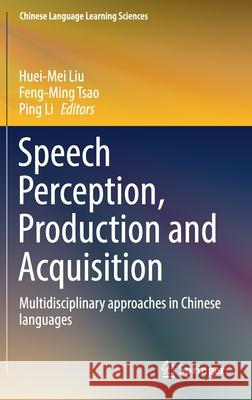Speech Perception, Production and Acquisition: Multidisciplinary Approaches in Chinese Languages » książka
topmenu
Speech Perception, Production and Acquisition: Multidisciplinary Approaches in Chinese Languages
ISBN-13: 9789811576058 / Angielski / Twarda / 2020 / 279 str.
Speech Perception, Production and Acquisition: Multidisciplinary Approaches in Chinese Languages
ISBN-13: 9789811576058 / Angielski / Twarda / 2020 / 279 str.
cena 564,88
(netto: 537,98 VAT: 5%)
Najniższa cena z 30 dni: 539,74
(netto: 537,98 VAT: 5%)
Najniższa cena z 30 dni: 539,74
Termin realizacji zamówienia:
ok. 22 dni roboczych
Dostawa w 2026 r.
ok. 22 dni roboczych
Dostawa w 2026 r.
Darmowa dostawa!
Kategorie:
Kategorie BISAC:
Wydawca:
Springer
Seria wydawnicza:
Język:
Angielski
ISBN-13:
9789811576058
Rok wydania:
2020
Wydanie:
2020
Numer serii:
000810870
Ilość stron:
279
Waga:
0.58 kg
Wymiary:
23.39 x 15.6 x 1.75
Oprawa:
Twarda
Wolumenów:
01
Dodatkowe informacje:
Wydanie ilustrowane











